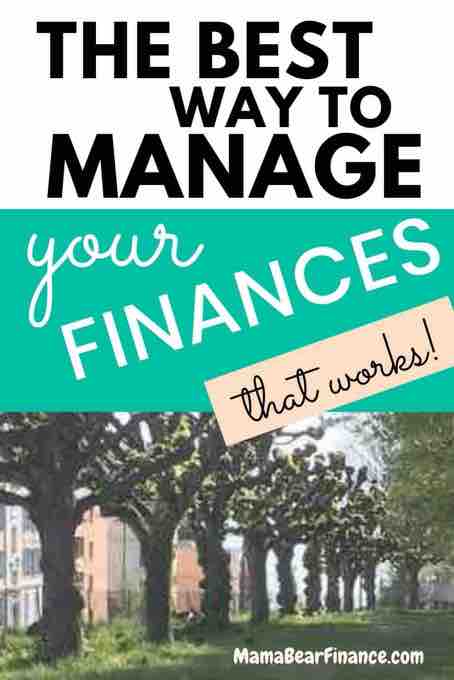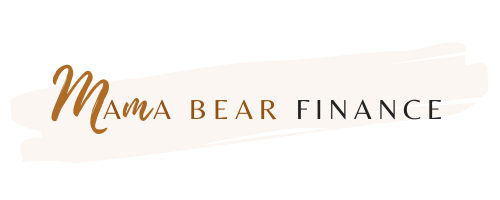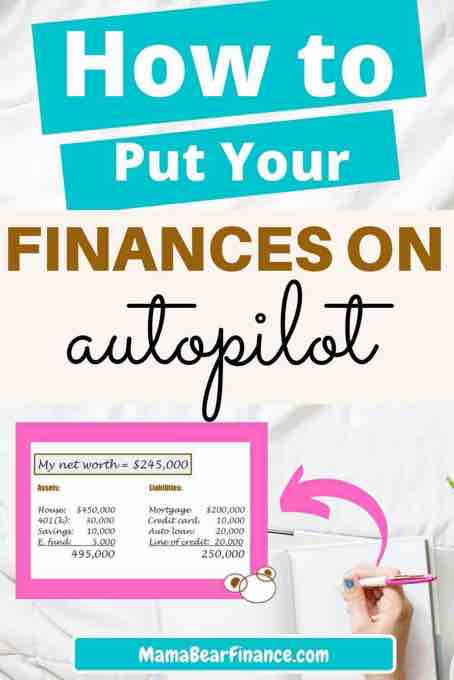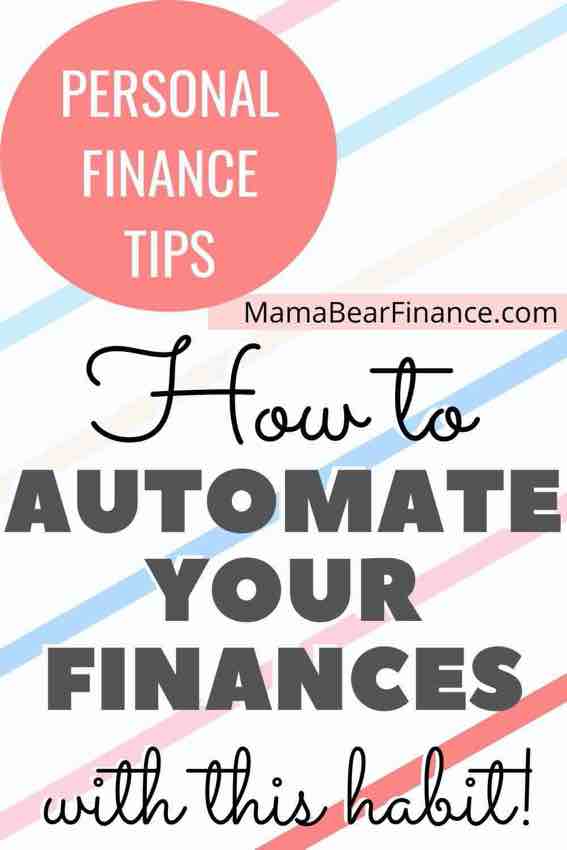I’m a huge fan of putting my finances on autopilot. There’s probably nothing more enjoyable about managing money than to not manage it at the same time.
Once or twice a year I would do a full inventory check of my finances. I do this by following this ultimate guide.
But for the rest of the year, I just sit back, kick up my heels and let my finances fly in the autopilot zone.
The reason I prefer to put my finances on autopilot is so that I don’t need to focus on the dollar sign. I don’t want to constantly watch out on my spending or wonder if I have enough in savings.
When I don’t spend time scrutinizing where my money comes from or goes, I became even more mindful about it.
The trick you ask? Well, it’s all here…

This post may contain affiliate links, which means I may receive a commission, at no extra cost to you, if you make a purchase through a link. Please see my full disclosure for further information.
The Key to Putting Your Finances on Autopilot
Drumroll please… One word: HABIT.
Developing the right habit towards earning, spending and saving is THE KEY to managing finances on autopilot.
Once you develop this habit, you’ll naturally be on track to reach your financial goals without constantly looking over your money (and possibily breathing profusely over it).
The truth is that the act of tracking our finances is an important exercise to put our financial house in order. But doing so on a consistent basis will eat up too much precious time.
After awhile, you might learn that the best way to manage finance is to put it on autopilot through a series of good habits.
And when this happens, you’ll naturally grow your net worth, elevate peace of mind, and possibly improve your happiness level.
Here’s how I put my finances on autopilot that has worked wonders for me:
Focus on Enlarging Cash Flow
Cash flow is the movement of incoming and outgoing cash, i.e. earnings and spendings.
My main goal has always been to enlarge the gap of my cash flow in the positive territory. Simply put, I focus on maintaining a habit of earning more than I spend.
Cash flow is such an important aspect in personal finance. Having a perpetual cash flow that can cover your expenses basically means that you’ve become financially independent.
This is why I focus on setting up my passive income to ensure that I have enough cash flow to sustain my living standards.
To do this, I’ve developed the habit of putting most of my earnings into various investments such as index funds. Then I strive to earn more along the way.
So the habit that I developed here is to always invest a large chunk of what I earned. In doing so, I have to also keep my expenses on check.
Spend on Joy, Not Stuff
The word, “joy,” can be such a cheesy and overused word, but it has its potency.
When we spend on joy, we’re spending on what’s important to us. This could vary from person to person, but as long as you can define what you love spending on that brings maximum joy, you can put your finances on autopilot.
For example, I’ve tracked my monthly spending YEARS and YEARS ago when I just moved to Switzerland as an expat.
Switzerland has the highest living standards in the world and therefore I was shaken by the cost of living here.
I wanted to figure out how much we spend as a family (just me and my husband at the time), and so I tracked our monthly expenditures.
What I’ve noticed was that our spending stay quite consistent over time.
Besides the essentials of rent, insurance and the like, what we spent the most on were food and travel.
We’ve identified that we love eating good food and exploring the world more so than shopping or going to a club (a thing of the past). These are two experiences that really bring us joy.
So to put our finances on autopilot, we loosely budgeted our annualized spending to center around essentials, eating out/groceries, and travel.
This means that we’ve allocated a rough annual budget based on our spending habit to be the guideline for spending.
We also developed the habit of not spending on stuff because they really bring more clutter than happiness to our lives. Here’s a book that I read when I was 19 which have changed my mindset about consumerism!
By developing an habit of keeping expenses under control, you’ll naturally save more.
Define a Savings Rate and Stick to It!
The conventional wisdom to savings is “to pay yourself first.” This means that you should put an X amount of money into your savings, retirement or brokerage account before you go out and spend.
While this formula works for those who have an overspending problem, it’s unnecessary if you’ve already developed a good habit of enlarging your cash flow (see #1).
Because I’ve always focus on earning more than I spend, I’m a natural saver. But being a natural saver for the sake of hoarding money is no fun. Life is really not about money at the end of the day, but what it can do for us.
That’s why as long as my road to financial independence is secured, I’d never jeopardize on spending on joy. And that’s also why I define my savings rate after I’ve identified my spending habits.
Luckily, because we are not huge spenders (sauf being foodies and traveling junkies), we normally save about 50% of our earnings.
Once we define our target savings rate at 50%, we automatically set aside this percentage of our monthly earnings to be deployed into our retirement and brokerage accounts.
With the rest of the 50%, we’ll spend it to our heart’s desire WITHOUT USING A STRICT BUDGET. This way, we can free up our time by automating our savings and all other finances.
This, of course, works best if your cash flow is enlarged to the point of being able to spend freely and still have a sizeable saving.
One of the reasons why I started this blog is to explore ways to develop new income streams. After all, having more income is the best way to enlarge your cash flow!
Related: Blogventure – All of the Essential Blogging Tools to Build a Profitable Blog
Final Thought on Putting Finances on Autopilot
Putting our finances on autopilot gave us a lot of peace of mind about the state of our financial health.
By developing a habit of enlarging our cash flow, spending only on things that bring joy, and sticking to a savings rate, our finances are basically on autopilot mode month after month.
What I learned over the years of having my house paid off, accumulating zero credit card debt, and getting closer to reaching financial independence is to develop an effective money habit.
This habit was not formed overnight though but through a series of mental exercise, restraining abilities, and persistence via day-to-day actions.
It’s very similar to having a great diet by eating healthy and exercising everyday rather than focusing on shedding the pounds.
And so if you want to secure a carefree financial future, I encourage you to start taking small actions today.
If you want more help on getting your finances on track, subscribe to my email list for more personal finance tips. See you again next Monday!

PIN this, because why not?



